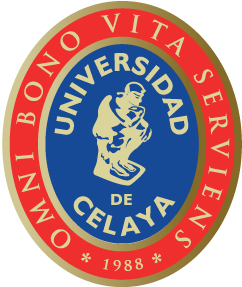For the Selected Topics in Biology 1 course taught by Dr. Gabriela Guerrero from Prepa Uni, three students tell us about their experience in a project to raise awareness among young people about pregnancy and contraceptive methods. In turn, this activity is also part of another project that consists of making an estimated cost comparison between how much it costs to buy contraceptive methods for a year and how much it costs from conception to the maintenance of a baby for the same period of time.
One of the teams that had already had the experience approximately three months ago with this project was formed by Julio and Renata, who gave us the opportunity to work on this project.for a period of three days, they were assigned to the a baby robot that, by means of sensors, simulates the various attentions required by a baby. newborns; such as the constant need for diaper changes, medications for fever or colic, feeding every few hours, waking up approximately every hour at night, among others.. Students commented on their experience What took turns with the baby during the three days so that they could appreciate the great responsibility and time it required when they lulled him to sleep, when he suddenly started to cry and they had to find out why, or he woke them up approximately seven times a night; concluding that based on this they could really become aware of the risks involved in having unprotected sex and making a written report based on what they experienced.
Another student who also went through this experience but in a much more acute way was Adam, who due to circumstances outside his team was forced to carry out the project as a "single parent", so that after spending the first night with the baby, he believes that this experience represents only about 30% of what being a parent really entails.
To carry out this project, two of these babies were brought from Monterrey specially designed for this type of project. These babies have characteristics and textures very similar to those of a normal baby, as well as a sensor box inside their clothes that controls each of their needs, which are satisfied through a pacifier, diapers and a bottle that are previously given to the students.
